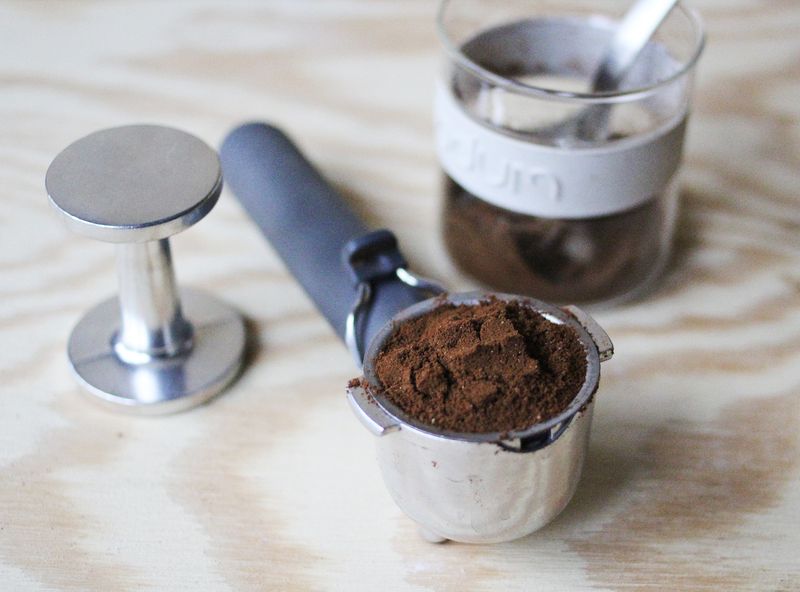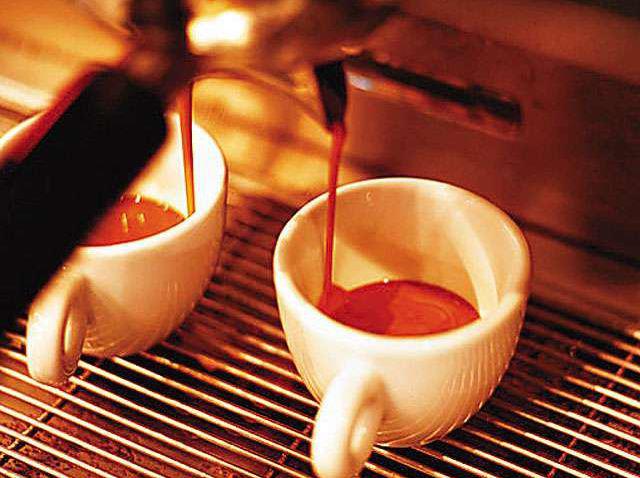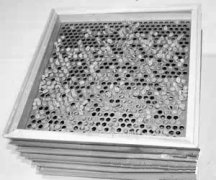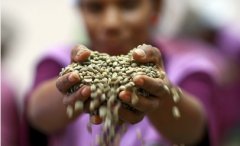Espresso espresso how to make a perfect Espresso
A high-quality Espresso espresso has the power to have a good day. When you put pressure on the little coffee pressed powder, you are actually going through a delicate process.
If you choose freshly roasted and high-quality coffee beans, you only need to remember the following steps to capture the essence, or you can also make a perfect espresso.

Degree of grinding: fine grinding (19-21g)
Extraction time: 20-30 seconds
You need: espresso machine, powder hammer, your favorite espresso cup preheat the coffee cup with hot water and set it aside.
Remove the filter handle from the coffee machine and wipe the gouache with a towel to ensure that the handle is clean and dry.
Grind the coffee beans and pour the coffee powder into the powder bowl on the filter handle. The amount of coffee powder is guaranteed between 19 and 21 grams.
Tamp the coffee powder in the powder bowl and spread the powder with your fingers to ensure that the flour is smooth.
Press the powder with the powder hammer to ensure that the force is uniform to ensure the uniform extraction of coffee.
Put water in the coffee maker for a few seconds to make sure there is no residual coffee powder in the brewing head. Remember the coffee cup you preheated? You can pour out the water now.
Insert the filter handle into the brewing head and begin the extraction.
Put the coffee cup under the filter handle, and observe the water flow during the extraction, the flow speed will increase uniformly with the extraction process; the whole extraction process should be completed in 25-30 seconds.

If the coffee is light in color and light in taste, you should reduce the grinding degree of the coffee powder; if the coffee is too small, dark or bitter, you should thicken the grinding degree of the coffee powder.
Important Notice :
前街咖啡 FrontStreet Coffee has moved to new addredd:
FrontStreet Coffee Address: 315,Donghua East Road,GuangZhou
Tel:020 38364473
- Prev

Standard of coffee bean grading international standard coffee raw bean grading method
If we go to the wholesale market to buy coffee beans, we will find that the coffee beans there are generally divided into three grades: AA, A, B or AAA, AA, A, which is a simple classification for commercial use. In fact, the grading standards vary from country to country. Today, Chongqing Beresta baristas training School introduces some common ways of grading raw coffee beans to friends: 1. With the size of coffee beans
- Next

The following are the most commonly used packaging methods for the storage of raw coffee beans
Until recent years, all coffee beans were packed in gunny bags, transported in containers, and could not reach the roasters until a few months after the beans were processed. If roasters and importers occasionally want to test coffee beans from their origin, or taste samples before shipment, they will receive coffee beans that have been damaged by the poor atmospheric environment during storage or transportation.
Related
- Detailed explanation of Jadeite planting Land in Panamanian Jadeite Manor introduction to the grading system of Jadeite competitive bidding, Red bid, Green bid and Rose Summer
- Story of Coffee planting in Brenka region of Costa Rica Stonehenge Manor anaerobic heavy honey treatment of flavor mouth
- What's on the barrel of Blue Mountain Coffee beans?
- Can American coffee also pull flowers? How to use hot American style to pull out a good-looking pattern?
- Can you make a cold extract with coffee beans? What is the right proportion for cold-extracted coffee formula?
- Indonesian PWN Gold Mandrine Coffee Origin Features Flavor How to Chong? Mandolin coffee is American.
- A brief introduction to the flavor characteristics of Brazilian yellow bourbon coffee beans
- What is the effect of different water quality on the flavor of cold-extracted coffee? What kind of water is best for brewing coffee?
- Why do you think of Rose Summer whenever you mention Panamanian coffee?
- Introduction to the characteristics of authentic blue mountain coffee bean producing areas? What is the CIB Coffee Authority in Jamaica?

